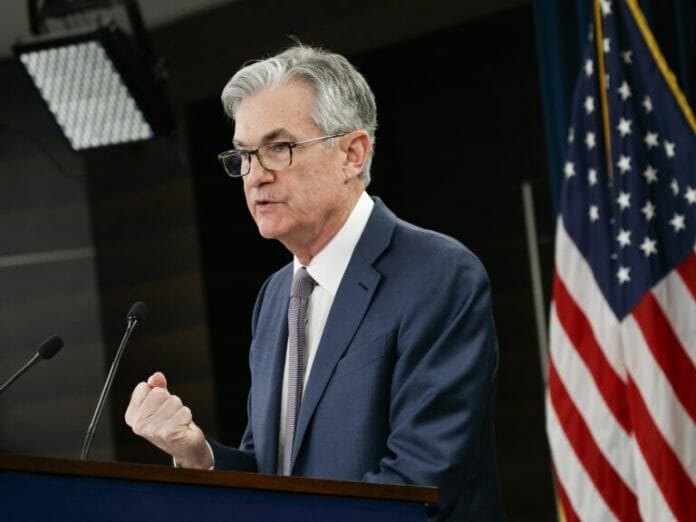A “substantial majority” of policymakers at the Federal Reserve’s meeting early this month agreed it would “likely soon be appropriate” to slow the pace of interest rate hikes as debate broadened over the implications of the U.S. central bank’s rapid tightening of monetary policy, according to the minutes from the session.
The readout of the Nov. 1-2 meeting, at which the Fed raised its policy rate by three-quarters of a percentage point for the fourth straight time, showed officials were largely satisfied they could move rates in smaller, more deliberate steps as the economy adjusted to more expensive credit and concerns about “overshooting” seemed to increase.
“A slower pace … would better allow the (Federal Open Market) Committee to assess progress toward its goals of maximum employment and price stability,” said the minutes, which were released on Wednesday. “The uncertain lags and magnitudes associated with the effects of monetary policy actions on economic activity and inflation were among the reasons cited.”
More important than the size of coming rate increases, the minutes noted, was an emerging focus on just how high rates will need to rise to lower inflation – and the need to calibrate that carefully in coming months.
“With monetary policy approaching a sufficiently restrictive stance, participants emphasized that the level to which the Committee ultimately raised the target range … and the evolution of the policy stance thereafter, had become more important considerations … than the pace,” Reuters reported the minutes stated.
That ultimate landing spot for policy will hinge heavily on the path of inflation in coming months, and whether recent lower-than-expected readings become an established trend down.
Fed staff economists raised their inflation projections for “coming quarters” and noted also that a recession in the next year was “almost as likely” as the baseline outlook for sluggish economic growth.
Still, the implication that policymakers were stepping down from their break-neck pace of rate hikes lifted U.S. stock prices and sent Treasury yields lower.
The benchmark S&P 500 index (.SPX) added to its gains earlier in the day and was last up about 0.6%, near its highest level in two months. The yield on the 2-year Treasury note , the maturity most sensitive to Fed rate expectations, dropped to 4.49%. Longer-dated bond yields also fell.
The dollar , which has soared this year on the back of a pace of Fed tightening that other major central banks have been unable to match, slid against a basket of U.S. trading partner currencies.
Contracts tied to the Fed’s policy rate showed investors maintaining bets for a half-percentage-point increase at the Dec. 13-14 policy meeting.
“Merely the fact that they’re going to be slowing the pace confirms what the majority of people have been hoping to see,” said Michael James, managing director of equity trading at Wedbush Securities.
Emerging Debate
The minutes also showed an emerging debate within the Fed over the risks that rapid policy tightening could pose to economic growth and financial stability, even as policymakers acknowledged there had been little demonstrable progress on inflation and that rates still needed to rise.
While “a few participants” said slower rate hikes could reduce risks to the financial system, “a few other participants” noted that any slowing of the Fed’s policy tightening pace should await “more concrete signs that inflation pressures were receding significantly.”
By the Fed’s preferred measure, inflation continues to run at more than three times the central bank’s 2% target. While recent data suggest inflation has now peaked, a slowdown in price pressures will be gradual.
“The path forward for monetary policy is a battle between the ‘various’ and the ‘several,'” said Brian Jacobsen, senior investment strategist with Allspring Global Investments in Menomonee Falls, Wisconsin. “It was only ‘various’ officials that thought they should revise higher their terminal rate projections while several thought plowing ahead raised the risks of financial instability.”
In its Nov. 2 policy statement, the Fed hinted at emerging concerns about the risks of policy tightening, saying the “pace of future increases” would “take into account the cumulative tightening of monetary policy, the lags with which monetary policy affects economic activity and inflation, and economic and financial developments.”
“Many participants commented that there was significant uncertainty about the ultimate level of the federal funds rate needed to achieve the Committee’s goals” the minutes said, language suggesting Fed officials were shifting focus from the size of individual rate hikes to trying to calibrate a stopping point.
At the meeting in December, in addition to a policy statement, the central bank will also release new policymaker projections for the path of interest rates, inflation and unemployment.









